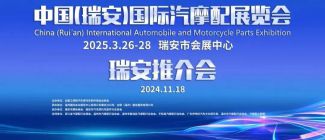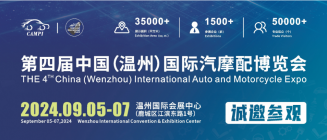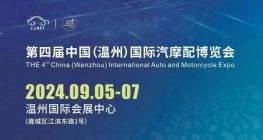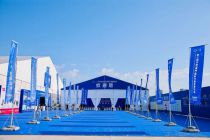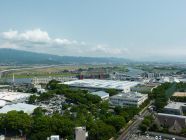The EU's proposal to speed up the timetable for the ban on the sale of fuel vehicles ushered in another key vote.
Recently, the Italian government officially announced that it will completely stop the sales of gasoline vehicles in 2035. This move follows the same route as major European countries, and it also means that Italy has formally adopted the previous EU initiative.
In July of this year, the European Commission has set a period for banning the sale of fuel vehicles after 2035, which is much earlier than the previous plan in 2050. In view of protecting the interests of domestic supercar manufacturers such as Ferrari and Lamborghini, Italy did not sign this agreement at that time, and defended the extension of the EU's proposal to stop the sale of fuel vehicles, hoping to postpone the implementation for a few more years.

Italian Minister of Ecological Transition Roberto Cingolani declared at the time that although Rome supports Europe’s commitment to reduce emissions by phasing out the most polluting engines, the supercar industry is a niche market and is currently discussing with the European Commission how the new regulations will apply to sales. High-end automakers far below mainstream manufacturers.
Cingolani also believes that super sports cars need time and technology to transition to electric vehicles, and the country is not yet ready to produce batteries. "An important step is that Italy has gained autonomy in the production of high-performance batteries."
However, recently, in an official government statement, Italy announced that internal combustion engine vehicles would be phased out from 2035. Relevant members of the Ministry of Development attended the meeting.
Regarding the EU’s decision to ban the sale of fuel vehicles in 2035, as long as all member states vote for this proposal in the near future, there will be enough time for countries and manufacturers to adapt to this radical change.
is a new opportunity
This decision will have a major impact on Italian car manufacturers. For the two world-renowned Italian supercar brands, Ferrari and Lamborghini, although they are also embarking on the electrification transformation, it is not easy to achieve 100% electrification in the short term.
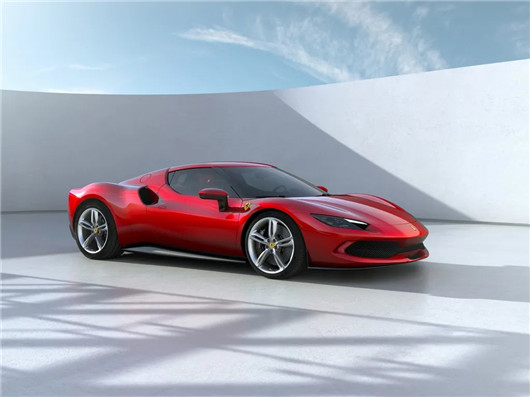
Since its independence from the Fiat Group, the market value of Ferrari, which has been increasing in profitability, has now exceeded 60 billion U.S. dollars, and its annual sales have finally broken the 10,000 mark in 2019. However, the number of 10,000 vehicles does not seem to be enough to support an electric dream. In fact, Ferrari's pure electric models still look confusing.
In the past ten years, Ferrari has used the theme of environmental protection to support the appearance of the first hybrid supercar Laferrari launched in 2013, is the newly launched SF90 Stradale (781Ps V8 engine plus 220Ps electric motor) in 2019 and this year The just released 296 GTB (663Ps V6 engine plus 166Ps electric motor). But no matter how you look at the emergence of electric motors, they are pursuing extreme power rather than compromising emissions.

Until 2020, Ferrari Chief Marketing Officer Enrico Galliera still stated in an interview with British "Autocar" that Ferrari will not be able to launch a pure electric model before 2025: "A pure electric model must meet the historical value of the brand. This is still not the case. possible". Galliera believes that the technological maturity of power batteries will not be sufficient to cover the quality requirements of supercars in the next five years.
Entering 2021, I don’t know if it is because of the changes in the environment that have been felt in advance, Ferrari’s slogan has changed suddenly, and it announced plans to launch its first pure electric car in 2025, and invited a new CEO from a well-known STMicroelectronics company (STMicroelectronics) Benedetto Vigna, and the resume and experience of this new CEO are very beneficial to Ferrari's transformation, and Ferrari hopes to achieve this goal under his leadership.
Ferrari’s four-motor patent has been exposed earlier, and the new CEO has stated that the first pure electric model in the future will still be a super sports car with more than 1,000 horsepower. Before that, Ferrari may have a long way to go for the development of electrification.
is also a challenge
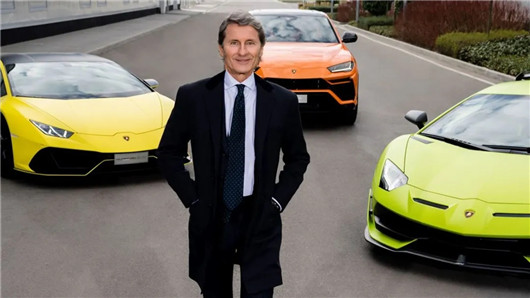
The annual sales of Lamborghini hovered at 8,700 vehicles until May of this year, expressing its electrification strategy very cautiously. The brand’s CEO Stephan Winkelmann told the German Business Daily as early as March: “Electric cars (roar) will not sound like internal combustion cars. We will only reach out to the Volkswagen Group if it matches our brand. ".
And even Diss, the leader of the Volkswagen Group, played Tai Chi on the Lamborghini issue. Diss’s plan for Lamborghini is “moderate hybridization” because “the customers did not ask (Lamborghini) for (electricity plan)”.
However, just two months later, Winkelmann quickly changed his tone and stated that "by the end of 2024, we will hybridize all existing models." The specific goal is to reduce the average carbon emission value of the Lamborghini brand in 2025 to half of the 2020 level, and Lamborghini's first four-seater pure electric sports car will be launched between 2025 and 2030. To this end, Lamborghini will spend at least 1.5 billion euros, equivalent to a full year's revenue, and the rest of the synergy will still rely on the parent company Audi.

Although Lamborghini will not give up the V12 naturally aspirated engine that it has adhered to for many years in the short term, new cars in the future will use a hybrid system with an internal combustion engine and an electric motor, and will use the same supercapacitor technology as the Sián FKP 37. However, full electrification is still regarded by Winkelmann as one of the biggest adventures in Lamborghini's history, so it emphasizes that in the process of achieving pure electric transformation, we still need to maintain Lamborghini's characteristics.
The future needs time to test
According to the EU’s “transition to zero-emission vehicles” plan, the European Commission plans to reduce the emissions of new cars and trucks by 65% from 2030 and 100% from 2035. While restricting fuel vehicles, the EU also requires member states to strengthen the construction of new energy vehicle infrastructure, including requiring member states to ensure that there is an electric vehicle charging station every 60 kilometers on the main road, and the longest distance between hydrogen refueling stations cannot exceed 150 kilometers.

The EU also stated that it will increase the EU’s share of renewable energy power generation from the current 32% to 40% by 2030, while strengthening and expanding the carbon market, and revising energy tax rules to promote the reduction of fossil fuel use.
Of course, there is still a long way to go before 2035. As time goes by, a new generation of customer groups will appear and new electric technologies will be born. In the future, with the continuous tightening of policies and regulations on the internal combustion engine, it is still unknown what new technology will Ferrari, Lamborghini and other veteran Italian supercar manufacturers move towards.
Of course, in addition to the two famous manufacturers mentioned above, there are Maserati and the world's top supercar brand Pagani on the Apennine Peninsula. Where they will go under the trend of electrification in the future, I am afraid it will take time to test.
Notice on Holding the Rui'an Promotion Conference for the 2025 China (Rui'an) International Automobile and Motorcycle Parts Exhibition
On September 5th, we invite you to join us at the Wenzhou Auto Parts Exhibition on a journey to trace the origin of the Auto Parts City, as per the invitation from the purchaser!
Hot Booking | AAPEX 2024- Professional Exhibition Channel for Entering the North American Auto Parts Market
The wind is just right, Qianchuan Hui! Looking forward to working with you at the 2024 Wenzhou Auto Parts Exhibition and composing a new chapter!
Live up to Shaohua | Wenzhou Auto Parts Exhibition, these wonderful moments are worth remembering!
Bridgestone exits Russia and sells assets to S8 Capital
Free support line!
Email Support!
Working Days/Hours!
